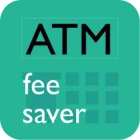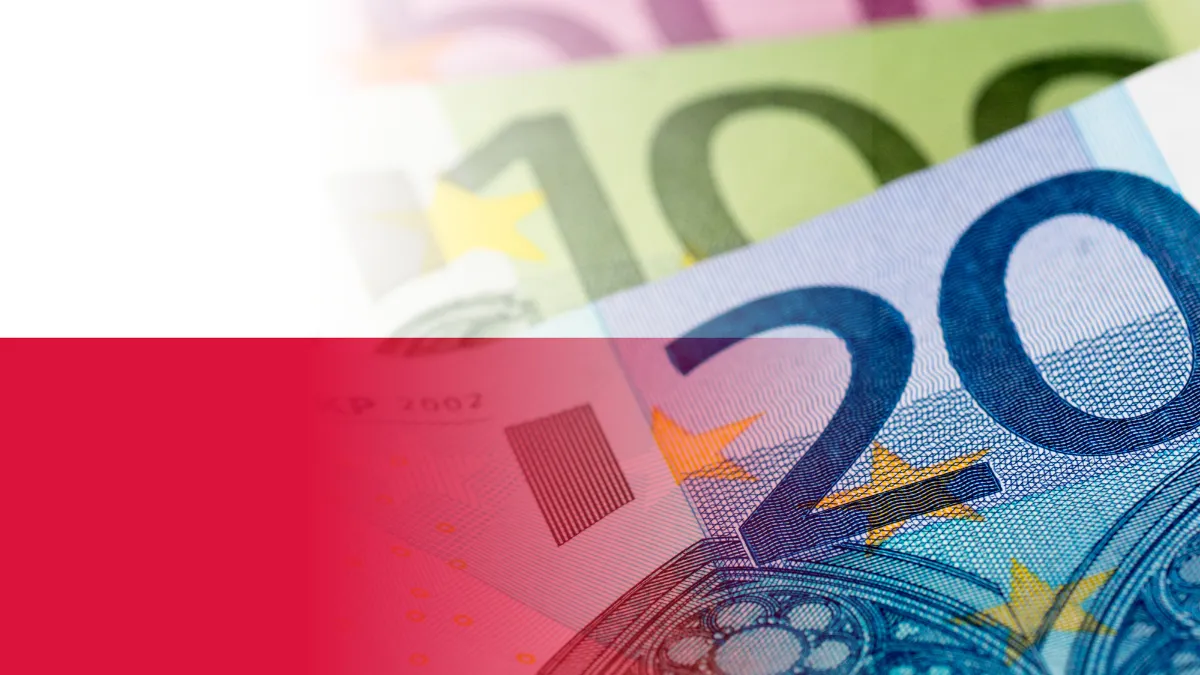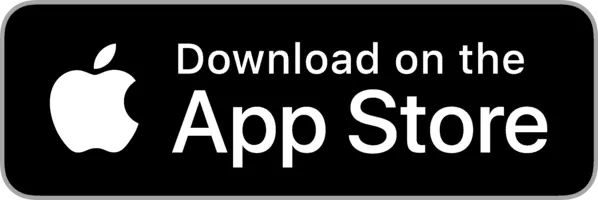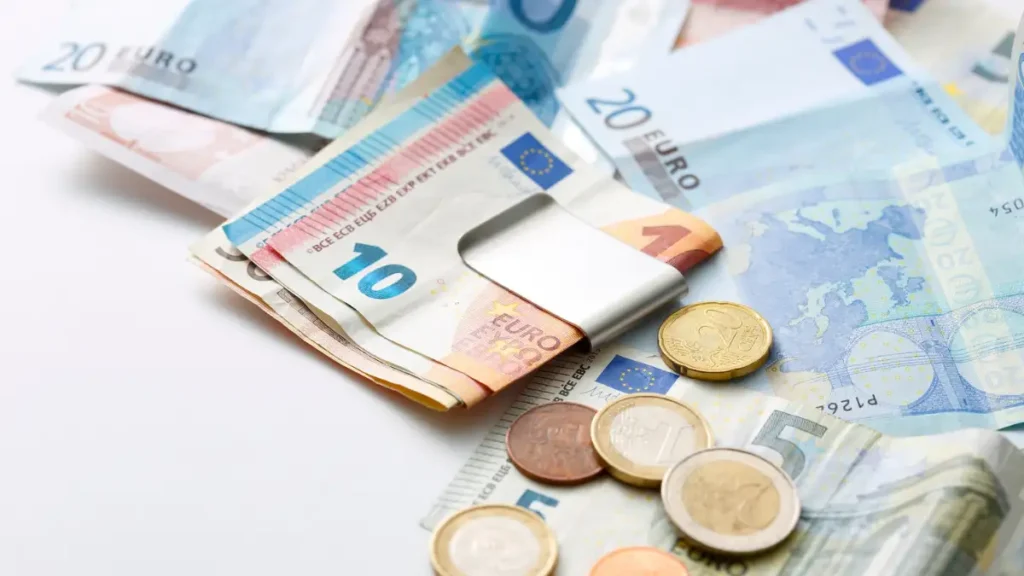Croatia, with its sun-kissed Adriatic coastline, medieval towns, and UNESCO treasures, has fast become a favorite among travelers-but money in Croatia can still trip you up. The country now uses the Euro (EUR), having recently switched from the kuna. While this has simplified currency for Eurozone visitors, you’ll still need cash in many situations-especially in family-run guesthouses, local ferries, markets, and rural areas. Card acceptance is common but not universal. With this guide, you’ll learn how to manage currency in Croatia, when to use cards versus cash, and how to avoid tourist-focused exchange traps.
How to pay in Croatia – cash or card?
Card is widely accepted, but cash is still commonly used. Tourists use cards in hotels and restaurants but may need cash for smaller establishments, with an estimated 50-60% of transactions in cash.
You can use cash for:
- Budget hotels (especially in island towns or older inns)
- Hostels
- Local tour operators
- Tips and gratuities
- Street food
- Small eateries / restaurants (especially inland)
- Sit-down restaurants (non-touristy areas)
- Small purchases
- Local expenses at bakeries, small groceries, markets
- Local buses (especially in smaller towns)
- Local taxis (still often cash-based)
- Local tuk-tuks (tourist zones in Dubrovnik, Split)
- Mobile SIM and phone top-up
- Laundry services
- Tailoring services
- Nightlife / bars (beach bars, pub crawls)
You can use card for:
- 4 and 5 star hotels
- Large tour operators (island cruises, adventure packages)
- Shopping at malls and larger shops
- Entry fees to museums, national parks (e.g., Plitvice)
- Airport transport (airport buses, express routes)
- Sit-down restaurants (in major cities and coastal towns)
- Upscale restaurants
- Online bookings for upscale hotels, flights, tours
- Spas
- Vehicle renting
- Emergency medical clinics / pharmacies
- Local trains (limited routes, but card accepted)
- App-based taxis (Uber, Bolt in urban areas)
Croatia adopted the Euro (EUR) in 2023, replacing the Kuna. Card use is very common in tourist areas, but always carry cash when traveling to islands or smaller towns.
What’s the best currency to take to Croatia?
Croatia mainly accepts its local currency Euros (EUR or €). Note denominations are € 5, 10, 20, 50, 100, 200, and 500. Other currencies are not usually accepted.
So, Euro is the best currency to take to Croatia.
Where to get the local currency in Croatia?
In Croatia, you can get the local currency in 3 ways. These are:
ATMs, or
Currency exchange
Money transfer and local pick-up
Types of cards to swipe in Croatia
Visa and Mastercard transactions are commonly accepted for swiping. You might also find some places that accept Amex and other cards, albeit less frequently.
Types of cards at ATMs in Croatia
When withdrawing money in Croatia, majority of the ATMs will accept Visa, Mastercard, Cirrus, and Plus and Maestro cards. Some of them Diners, Discover and Amex cards. Cards such as JCB, UnionPay, Rupay are not usually accepted by many ATMs.
Should I exchange money before travelling to Croatia?
Since January 2023, Croatia officially uses the Euro (EUR), so if you’re coming from another Eurozone country, there’s no need to exchange currency. However, if you’re arriving from a non-Euro country, bringing a small amount of EUR for immediate expenses (like transport or snacks) is a good idea.
ATMs are widely available throughout Croatia-including in cities, airports, coastal towns, and islands. Most machines accept Visa, Mastercard, Cirrus, and Plus cards. Check with your bank for international withdrawal fees and ensure your card is enabled for overseas use.
Currency exchange offices (locally known as “mjenjačnica”) are common and offer competitive rates, especially in city centers and tourist areas. Avoid exchanging at airports or hotels where rates are less favorable and fees may apply.
While card payments are widely accepted-especially in restaurants, hotels, and shops-cash is still useful in smaller towns, at local markets, or for ferries and taxis. Carrying a mix of cards and EUR cash is ideal for flexibility and convenience.
Where to withdraw money in Croatia
The best ATMs for foreigners to use in Croatia are those owned by popular banks such as:
- Zagrebačka banka
- PBZ
- Addiko Bank
- Erste Bank
- OTP Bank
- Raiffeisen
- HPB
- Agram Banka
There are other banks with ATMs that also accept international debit and credit cards.
Global ATM alliance: Global ATM Alliance is a partnership among many banks in the world to allow its customers to withdraw cash from all partner banks abroad without any ATM fee. Many banks in the US, UK, Europe, Australia, and Latin America are part of the Global ATM Alliance, including Bank of America, Barclays, Deutsche Bank, and others. BUT, there is no local bank in Croatia part of this network. So don’t rely on this.
For a detailed guide, read Cash and ATMs in Croatia.
Discover fee-free and low-fee ATMs on the ATM Fee Saver mobile app for iOS and Android. This app provides ATM PINs and details of leading bank ATMs such as ATM fees and withdrawal limits for foreign cardholders at ATMs in Croatia. Moreover, its simple fee calculator helps you determine exact withdrawal charges. You can also find cash tips and tricks on the app for 160+ countries including Croatia.
Download now from the App Store or Play Store.
Where to exchange currency in Croatia
In Croatia, you can exchange currency at authorised currency exchanges, banks, airports, and hotels, the most popular being authorised currency exchanges.
In Croatia, currency exchange services are widely available and easy to access, especially in tourist areas. These are called “Mjenjačnica” and are found at airports, city centers, train stations, ferry ports, and tourist zones.
Popular areas include:
Zagreb: Ban Jelačić Square, train station area, shopping streets
Split: Riva promenade, Diocletian’s Palace area
Dubrovnik: Old Town, near Pile Gate, and Lapad area
- Notable currency exchanges are:
EXC Exchange,
Exclusive Change, and
PBZ Exchange Offices.
Many stay open into the evening and some operate on weekends.
- Banks Offering Currency Exchange:
Privredna banka Zagreb (PBZ)
Zagrebačka banka
Erste Bank
OTP banka
Banks typically operate from 8:00 AM to 3:00 PM on weekdays, with limited Saturday hours.
💡 Tip: Avoid exchanging currency at hotels and unverified kiosks, as they may offer less favorable rates. Always ask for a receipt and check for hidden commissions.
Pro-tips:
Stay away from airport exchanges – Poor rates
Avoid the black market – Be wary of being conned.
Include fresh notes – If your notes are damaged or dirty, you can expect to pay more or less.
Is carrying money in Croatia safe?
In Croatia, it’s generally safe to carry cash, but avoid carrying unnecessary large amounts. To keep your cash safe:
Some safety tips for carrying cash while travelling in Croatia are:
- Carry only the cash you need.
- Do not keep all the cash in one pocket or wallet.
- Put some cash in a safety belt or fanny pack.
- Do not flash your cash.
- When paying, do not remove or display your entire cash.
- Keep wallets preferably in front pockets.
- Cross-wear your purses if possible.
- Hold your purses, wallets and bags close and tight on crowded streets and in public trains and buses.
- When withdrawing cash, keep the cash low while you count it so people around don’t see it.
- If you’re dining alone, don’t leave your wallet / bag unattented while you go to the restroom.
- If sitting outdoors in a restaurant, don’t leave your wallets / bags on the table.
Is it better to use debit or credit cards or pay by cash in Croatia
Use a card if it is fee-free i.e. your bank does not charge any fees to swipe the card, when the merchant / POS also does not impose any extra charge to use a card, you need to use the insurance of the card, don’t want to block cash of large purchases and card’s swipe fees are lower than withdrawal fees.
Pay by cash by withdrawing cash from ATM or exchanging currency where – fees on ATM withdrawals are lesser than fees on swiping cards, you don’t want to leave any digital footprint of your expenses, it is convenient and easier to conduct transactions.











